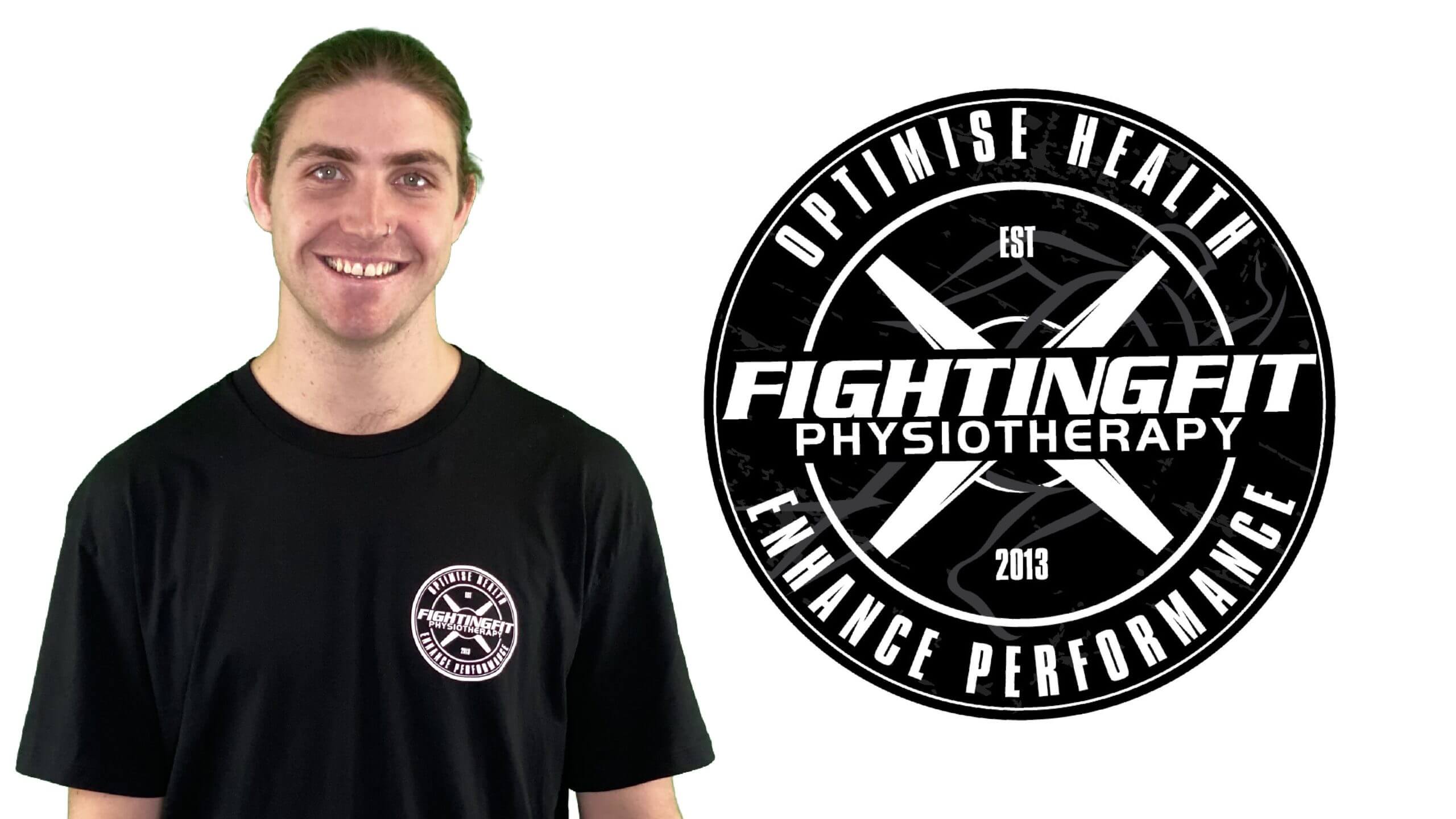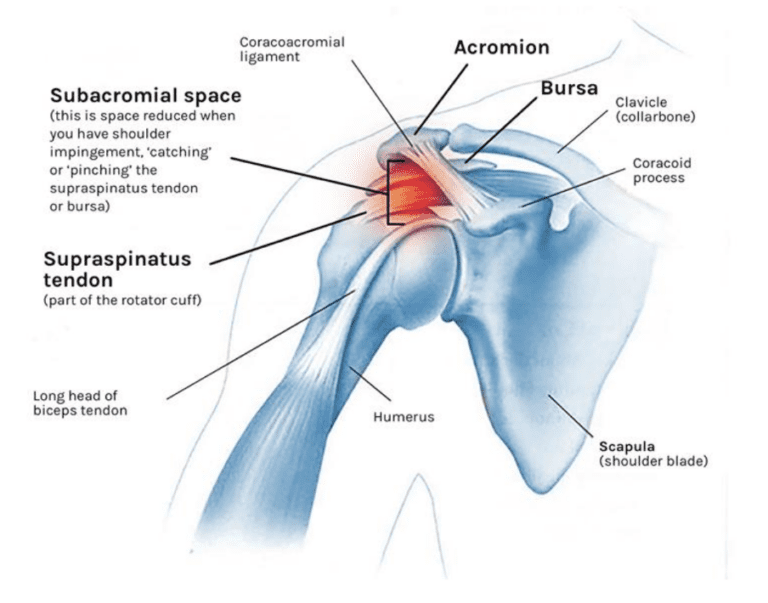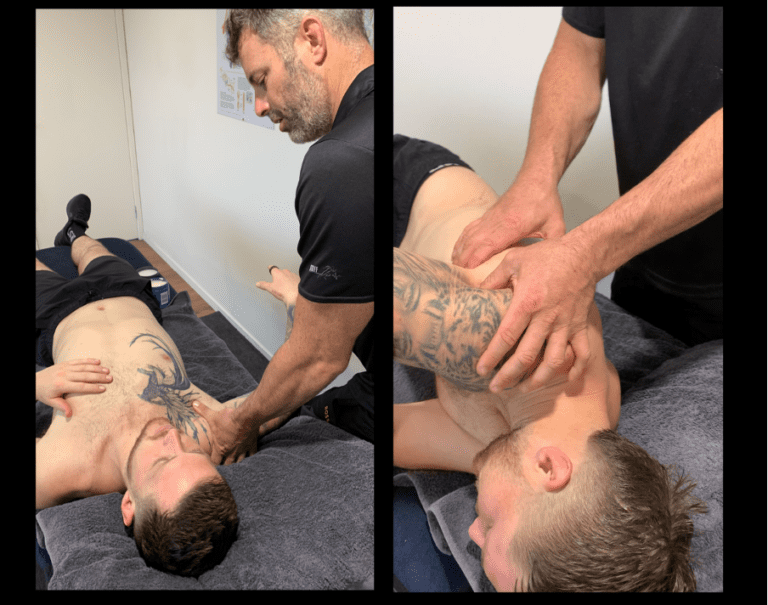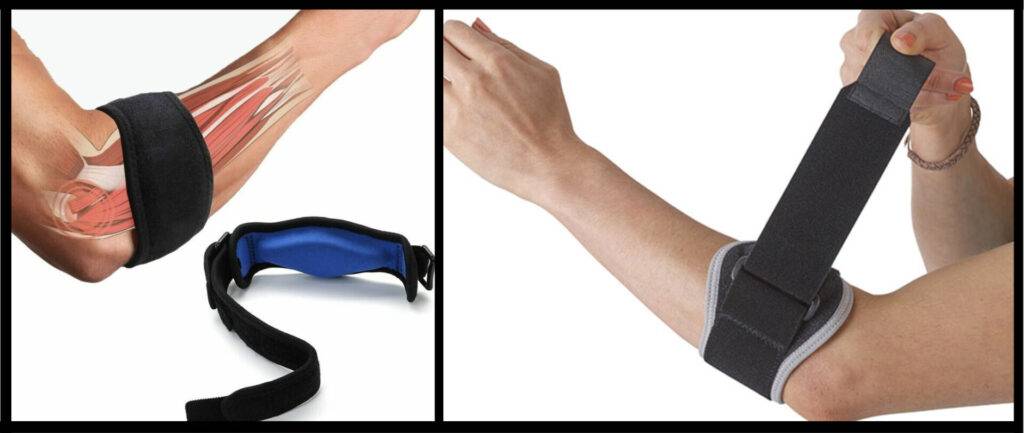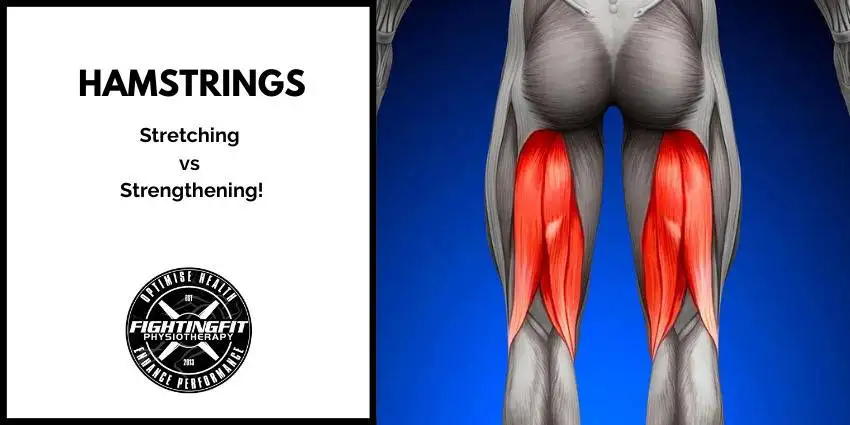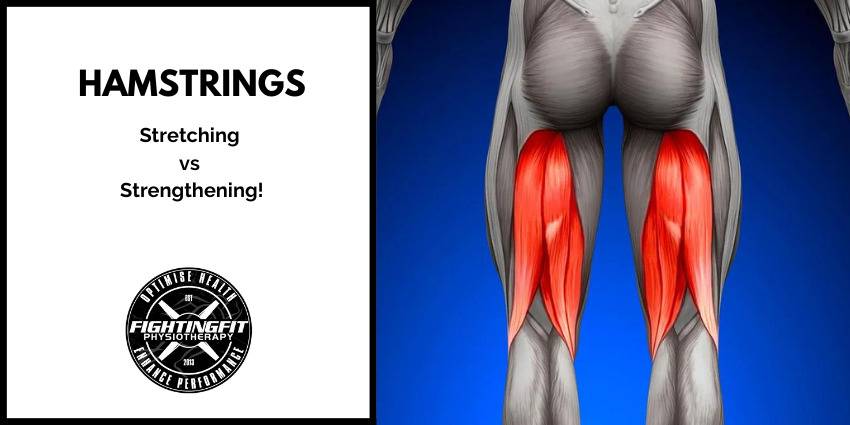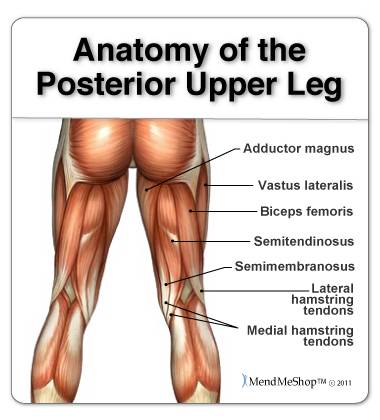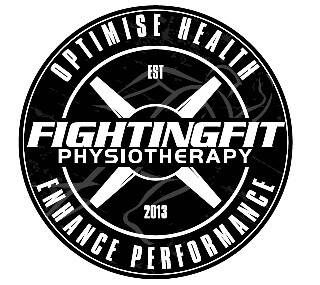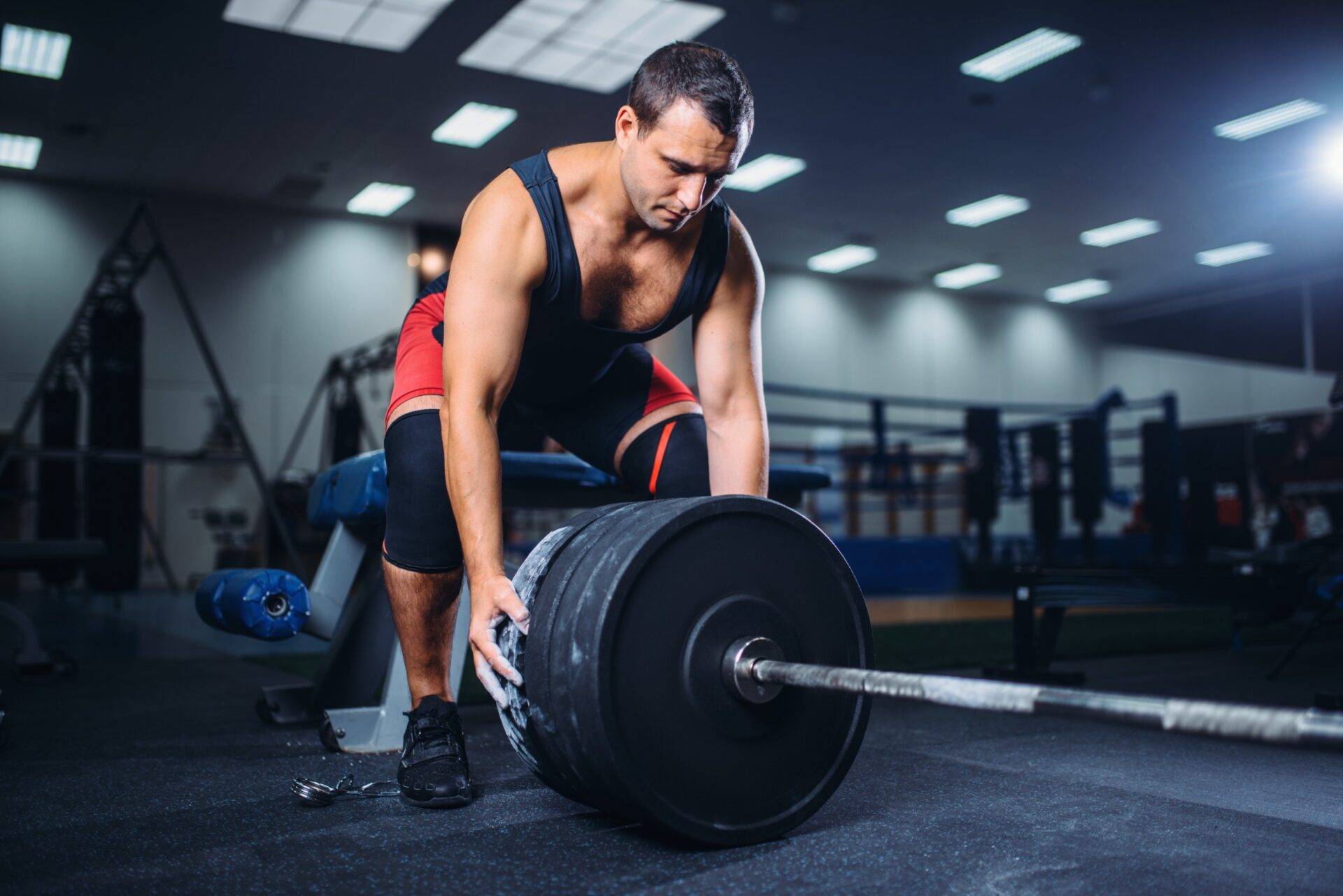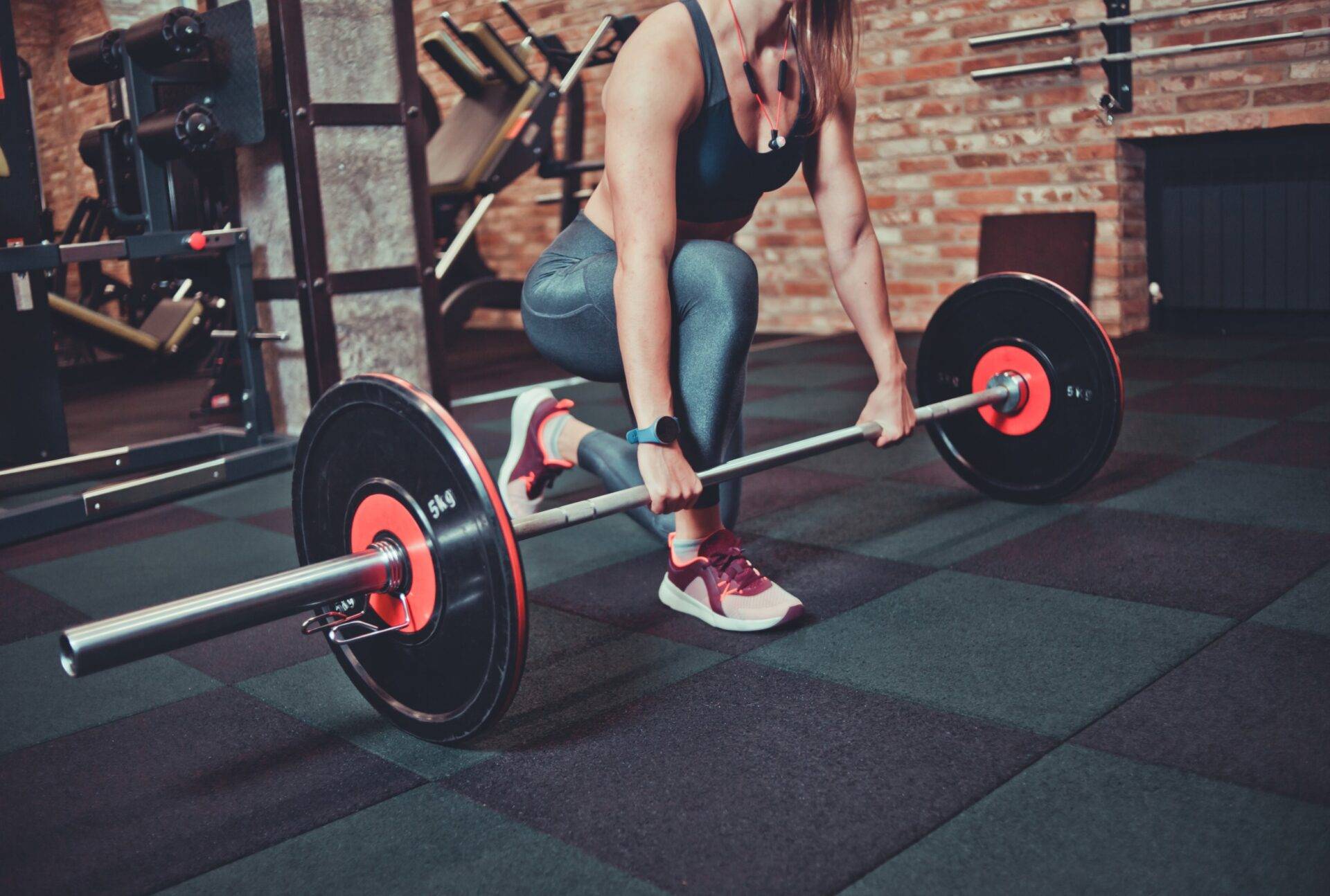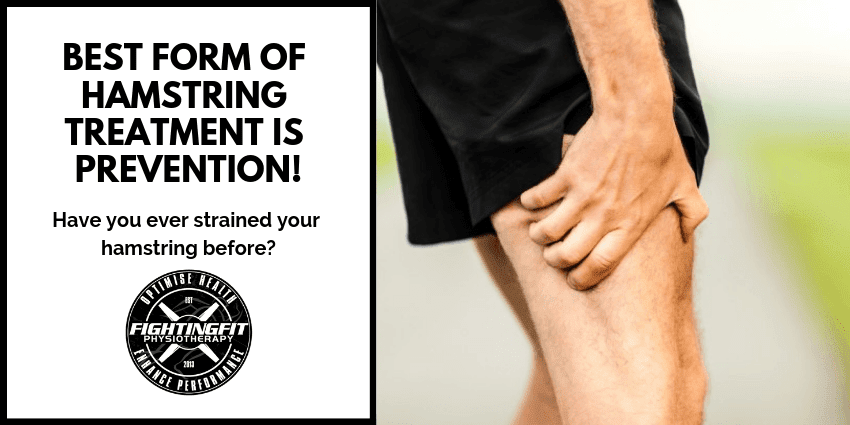Managing Shin Splints!
Have you ever had painful shin splints? Well, listen up - because it can be managed...

Have you ramped up your running and started to experience pain in one or both of your shins?
Or have you just started back preseason training in your respective sport and started to experience the same thing?
Then chances are this blog is for you so keep on reading!

In this blog we are going to discuss ‘shin splints’ or what we as physio’s call Medial Tibial Stress Syndrome (MTSS).
Now, before we dive in to how we manage this injury, let’s discuss what it is and how it comes about.
- MTSS is a common condition that affects a variety of people including athletes, runners and high impact sports participants.
- It is characterised by pain along the shinbone (tibia), typically on the inner edge. MTSS can be debilitating if left untreated, hindering sports performance and daily activities.
MTSS occurs due to repetitive stress on the shinbone and the connective tissues that attach the muscles to the bone.
The condition is often caused by overuse, improper biomechanics, or sudden changes in activity levels.
Common risk factors include:
- running on hard surfaces
- rapid increase in training volumes or intensities
- and muscle imbalances from the trunk all the way down to the lower limbs, including the feet!
Symptoms of shin splints usually manifest as a dull, aching pain along the inner part of the shin.
The pain may worsen during physical activity and subside with rest. In severe cases, swelling, tenderness, or small bumps may be present.
It is crucial to seek medical attention if the pain persists or escalates.

How do I manage shin splints?
Great question! The number 1 thing you need to do is de-load the bone!
For a lot of people and athletes in particular this is a hard pill to swallow. However, without de-loading from training there is no chance for the area to heal and symptoms to settle.
“De-loading doesn’t have to mean complete rest from activity!”
Depending on how far progressed your injury is, the de-load phase can range from:
- taping techniques
- a slight reduction in load
- a modification to training to a complete removal from aggravating activity.
If you stop you decondition, it is our job to keep you fit while also fixing your shin splints!
Here at Fighting Fit Physiotherapy our goal is to keep you as active as possible while continuing to manage your injury.
During the de-load phase we can address all the other causative factors and problems further up or down the chain that need to be addressed.
Typically, strengthening exercises for your ankle, calf, knee hip and core muscles will be targeted to correct the imbalances.
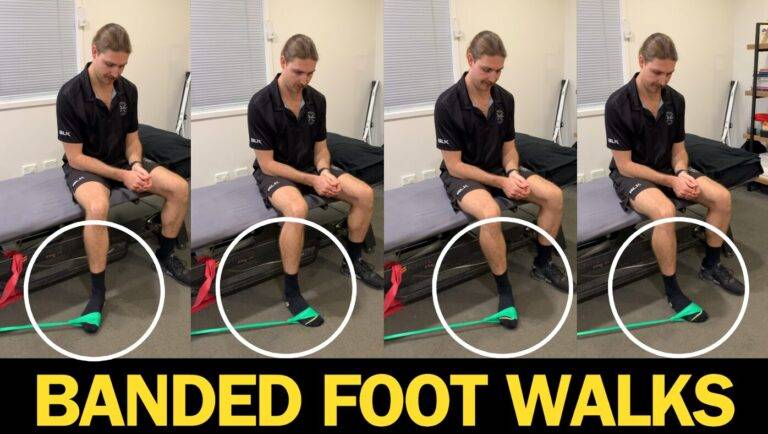
Every presentation of MTSS is different.
We use a wide range of testing technology to assess, locate and target these imbalances specifically. This takes the guesswork out of it and saves you time and money on wasted or failed treatment!
“Once pain is gone the work is not over!”
A common mistake by runners is to think – “once pain is gone I can just get back to it”. As a result, they do too much, too soon and the pain returns.
If this happens, the process will be extended and symptoms will take even longer to settle this time.
It is important, that once pain and symptoms are eased. A gradual return to training must be followed.
Each week, the load will continue to increase, symptoms are monitored and exercise progressed until the person is back to their full potential and performing at 100%. If not higher when done really well!
“Don’t stop your exercises or gym work when returning to running following shin splints!”
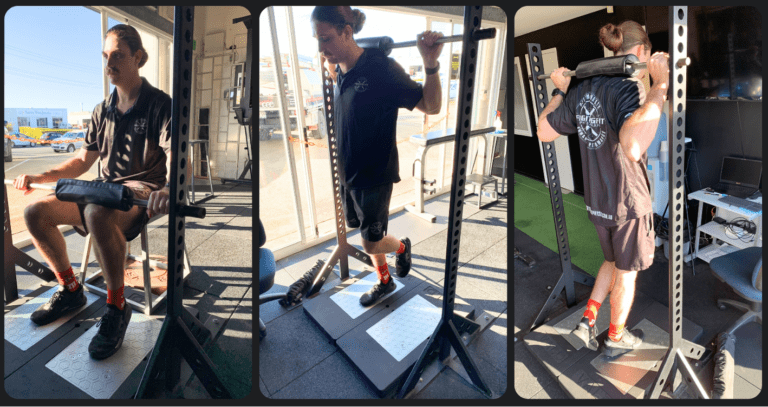
What’s helped you over come your issue, needs to become part of your routine to keep you running long term.
If you put in a lot of effort to over come it, make sure you maintain it. A maintenance running program is ideal!
Take action now and don’t let your shins bring you down with unbearable pain!
Don’t wait for the agony to strike before taking charge. Book a consult with our Physiotherapists who will conduct a comprehensive assessment to nip the shin pain in the bud.
Embrace the cutting-edge techniques and advanced tools offered by our phenomenal team at Fighting Fit Physiotherapy. Witness the power of technology as we delve deep into the strength of each muscle, unleashing their full potential.
With our tailored exercises, meticulously designed to target and strengthen those areas, you’ll break free from the never-ending cycle of pain and dysfunction and find the ultimate relief you’ve been longing for!
See you in the clinic.
Tyson joined the team in 2020.
Like the rest of the team, Tyson is a Griffith Uni Exercise Science and Physiotherapy Graduate.
He enjoys treating neck pain, low back pain, and has a flare for understanding peoples pain and helping them get great results no matter how long they have suffered for.
Enjoying ALF, surfing and DJ’ing at home in his spare time, Tyson is a great addition to our team.

